Long-term investments help COVID-19 response in Zambia
Summary
- United States CDC has partnered with the ministries of health in many countries, including Zambia, and has provided them with funding and technical assistance to respond to COVID-19.
- With more than 19 million people, Zambia benefits from investments in its National Public Health Institute (ZNPHI), Field Epidemiology Training Program (FETP), and emergency operations centers (EOC).
- This partnership coordinates the COVID-19 response to save lives during the pandemic and helps prepare Zambia for the next public health emergency.
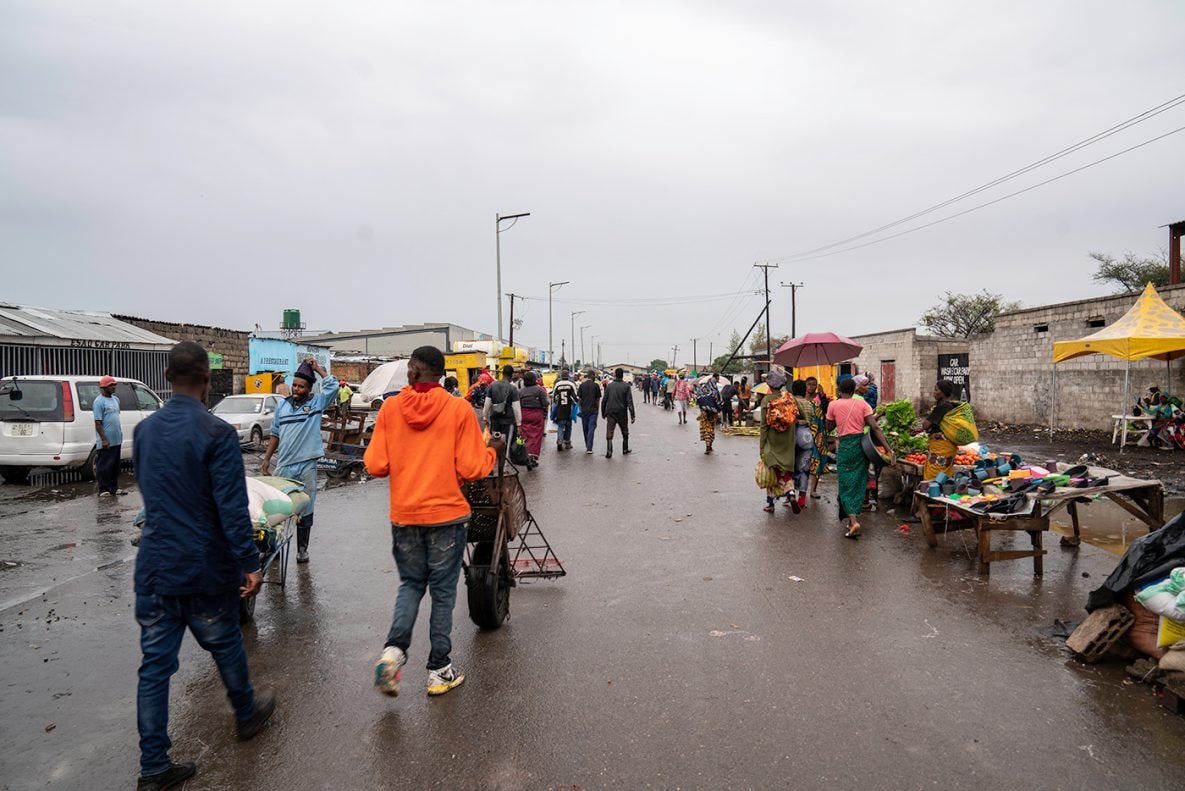
Located in Southern Africa, Zambia has a population of about 19.6 million people. Country health officials reported more than 333,000 cases and 4,000 deaths from COVID-19 between January 2020 and October 2022. Photo: Santos Sanchez/CDC
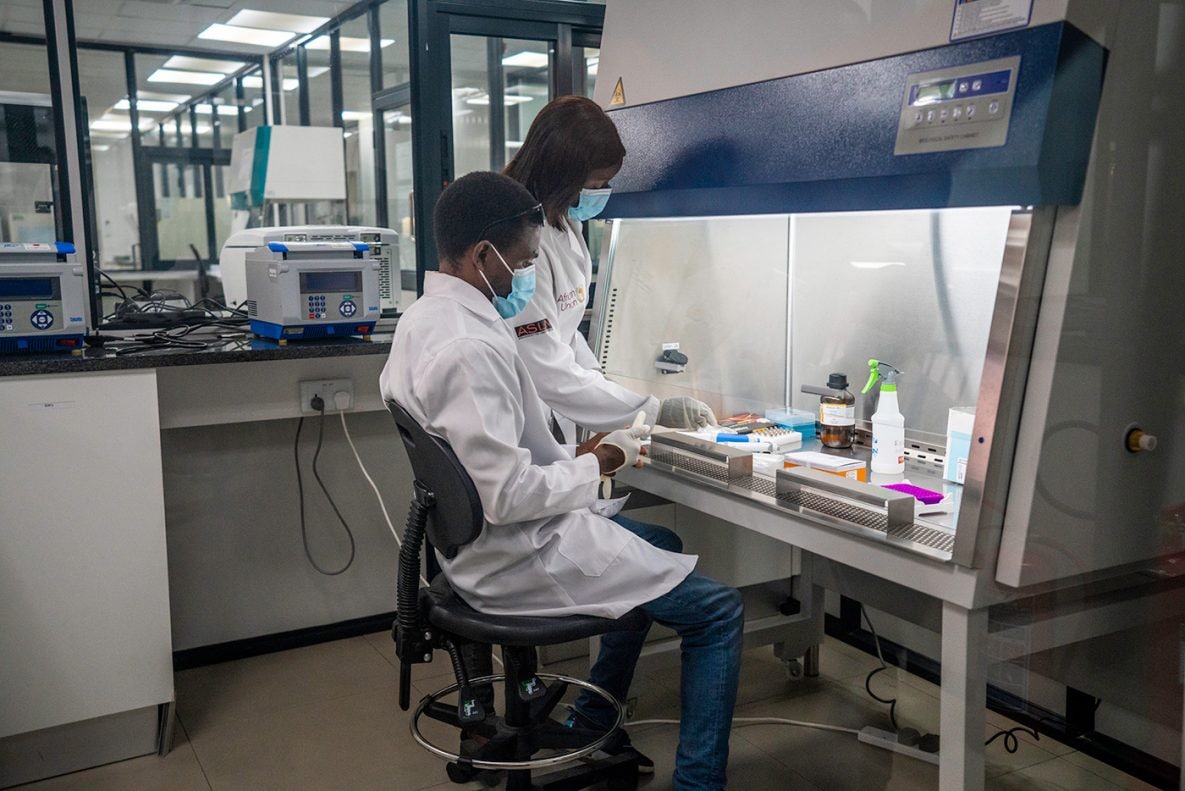
In 2020, the Zambia National Public Health Institute (ZNPHI) collaborated with CDC to respond to COVID-19. CDC provided support for lab testing, clinical care guidance, contact tracing, development of standard operating procedures, workforce training, data analysis, and epidemiologic studies. Photo: Santos Sanchez/CDC
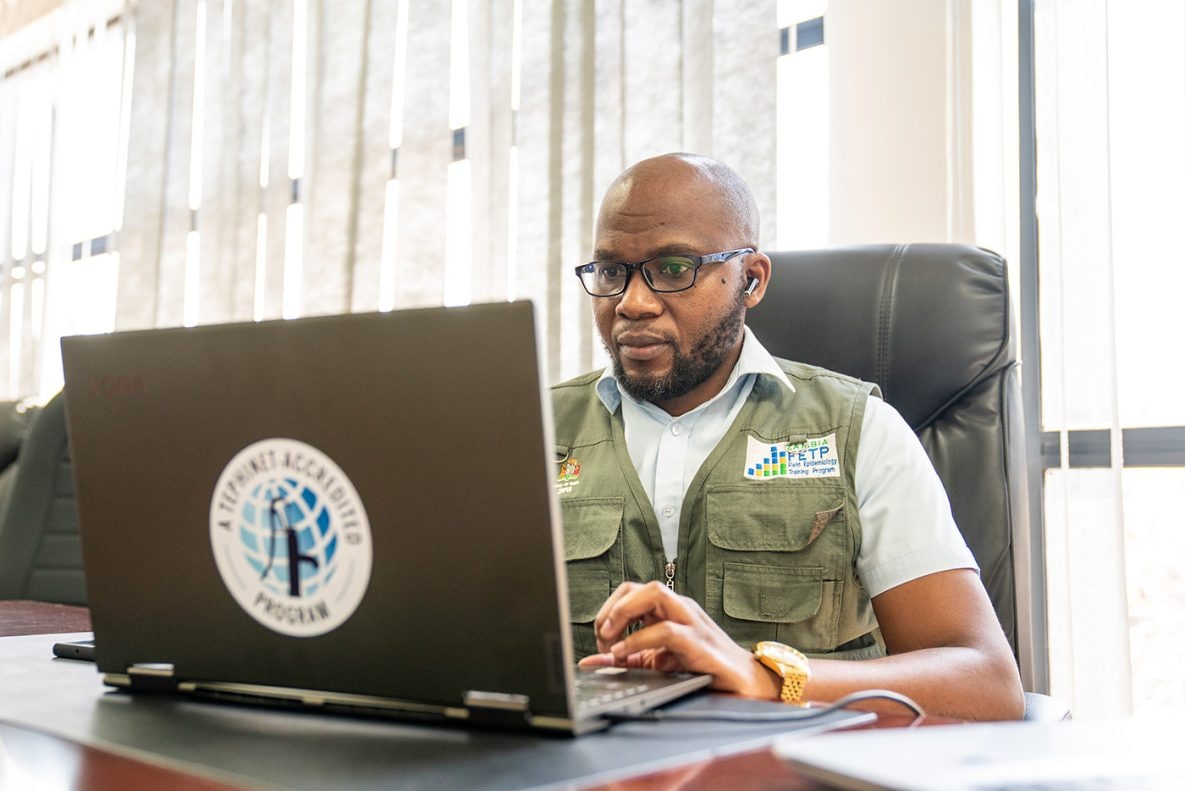
CDC funding supported the Field Epidemiology Training Program (FETP), which CDC helped establish in Zambia in 2014. FETP trainees learn skills such as outbreak investigation and response, disease surveillance, and epidemiological analysis to identify and stop disease outbreaks. This is a critical part of Zambia’s COVID-19 response. Photo: Santos Sanchez/CDC
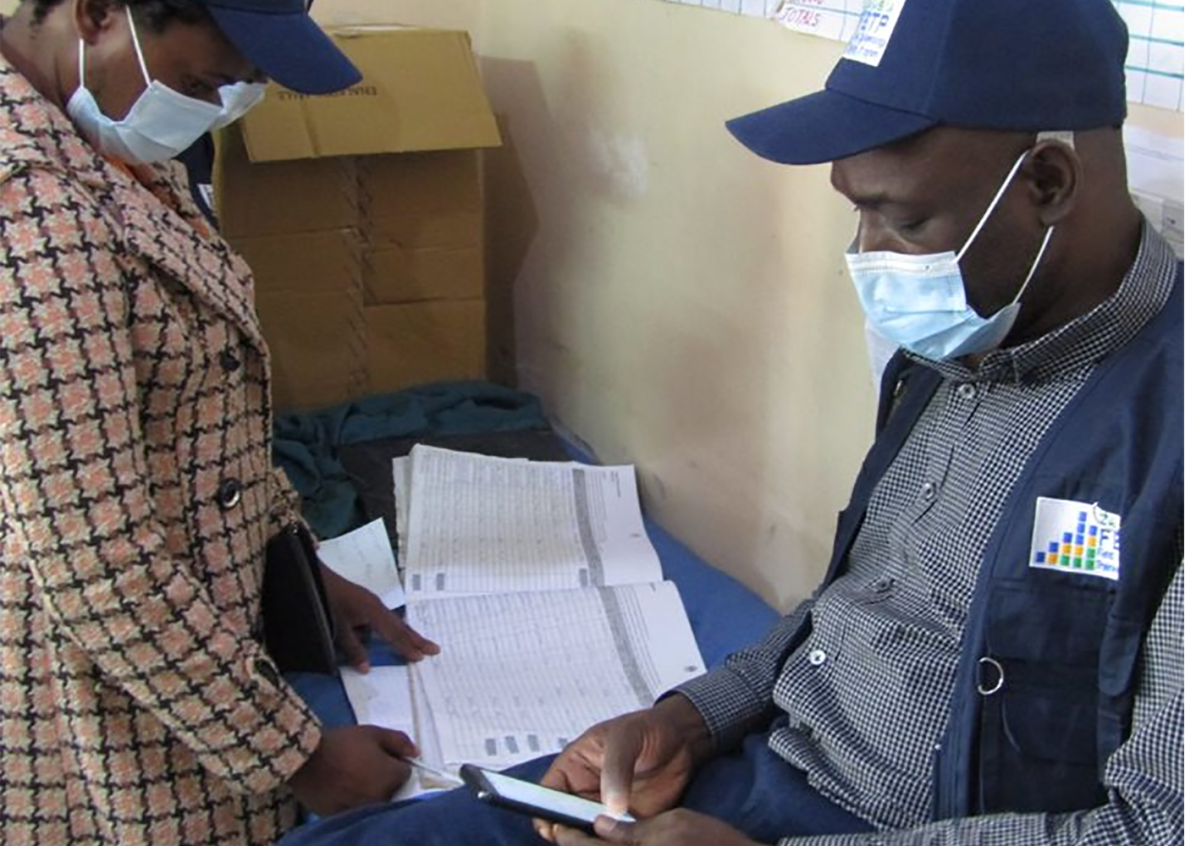
CDC worked with Zambia FETP residents and the Ministry of Health (MOH) to conduct COVID-19 vaccine effectiveness studies and implemented the first population-representative SARS-CoV-2 (the virus that causes COVID-19) prevalence study in Africa. In this photo, FETP Residents Martha Malasa and Mwangala Situmbeko analyze COVID-19 data. Photo: Santos Sanchez/CDC
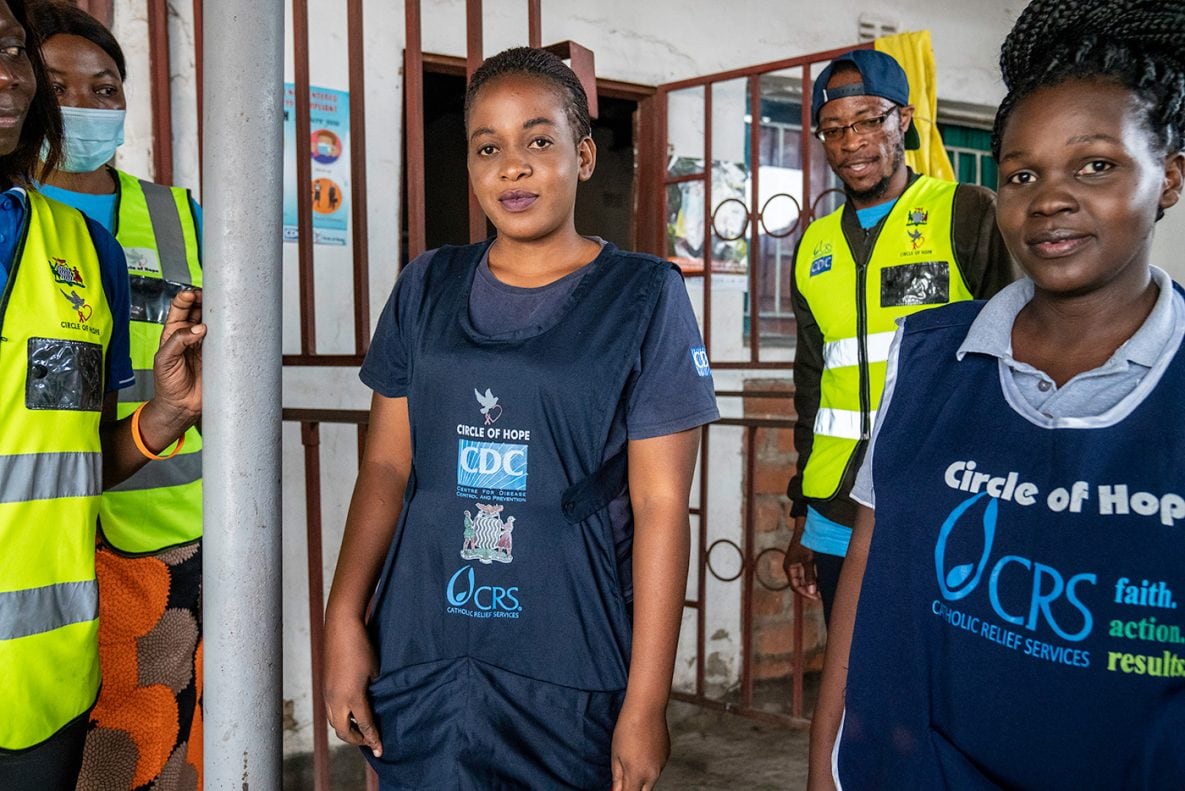
CDC, Circle of Hope (COH), and the Lusaka Provincial Health Office (LPHO) developed capacity among community health workers to share information on COVID-19 vaccine uptake in religious communities and especially among people ages 65 years and older. In this image, the COH COVID-19 vaccination team is ready to administer vaccines at New Soweto Market in Lusaka. Photo: Santos Sanchez/CDC
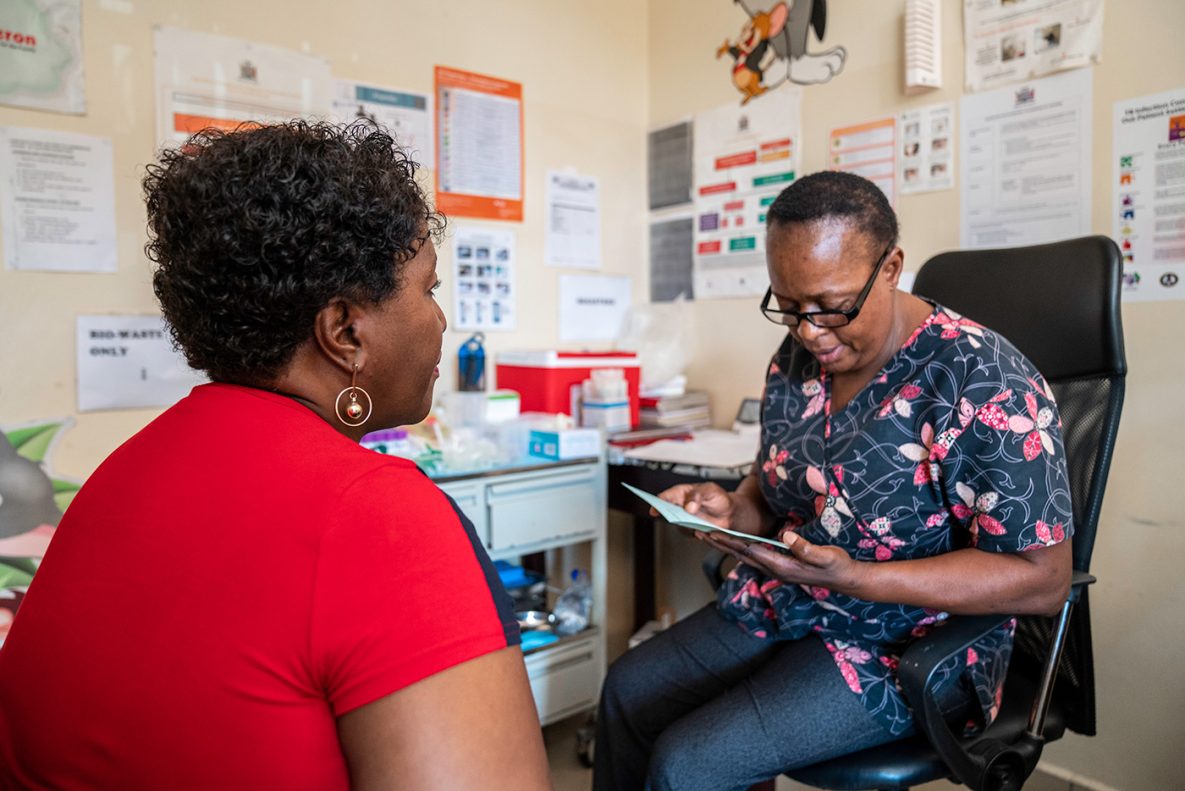
CDC, ZNPHI, and the MOH developed and communicated COVID-19 testing and treatment guidelines for hospitals and treatment centers. In this image, a clinician talks about COVID-19 vaccination with a patient at the Paediatric Centre of Excellence (PCOE) in the University of Zambia Teaching Hospital in Lusaka. Photo: Santos Sanchez/CDC
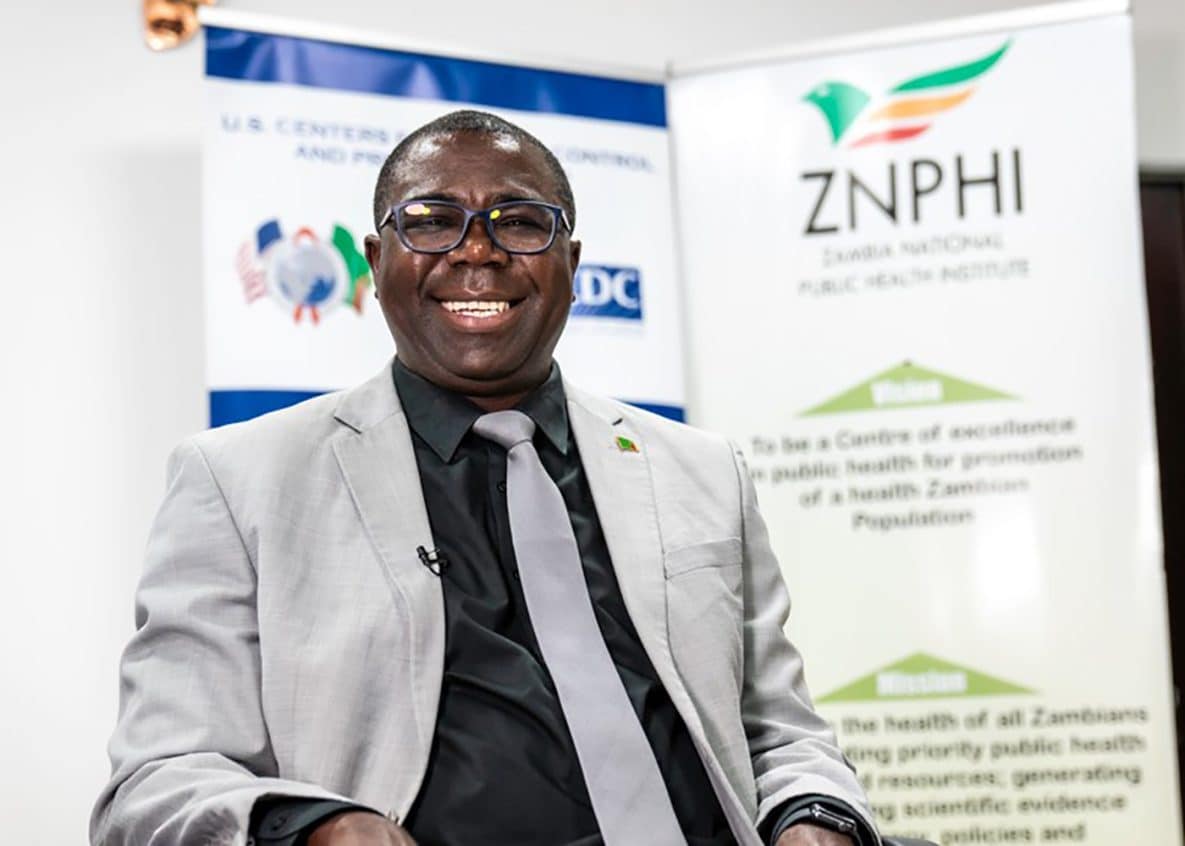
COVID-19 advisor to Zambia’s president, professor Roma Chilengi says, “Zambia’s NPHI helped develop similar NPHIs in Botswana, Malawi, Namibia, Zimbabwe, and the Democratic Republic of the Congo. This long-term support will strengthen public health across Africa and save lives”. Photo: Santos Sanchez/CDC